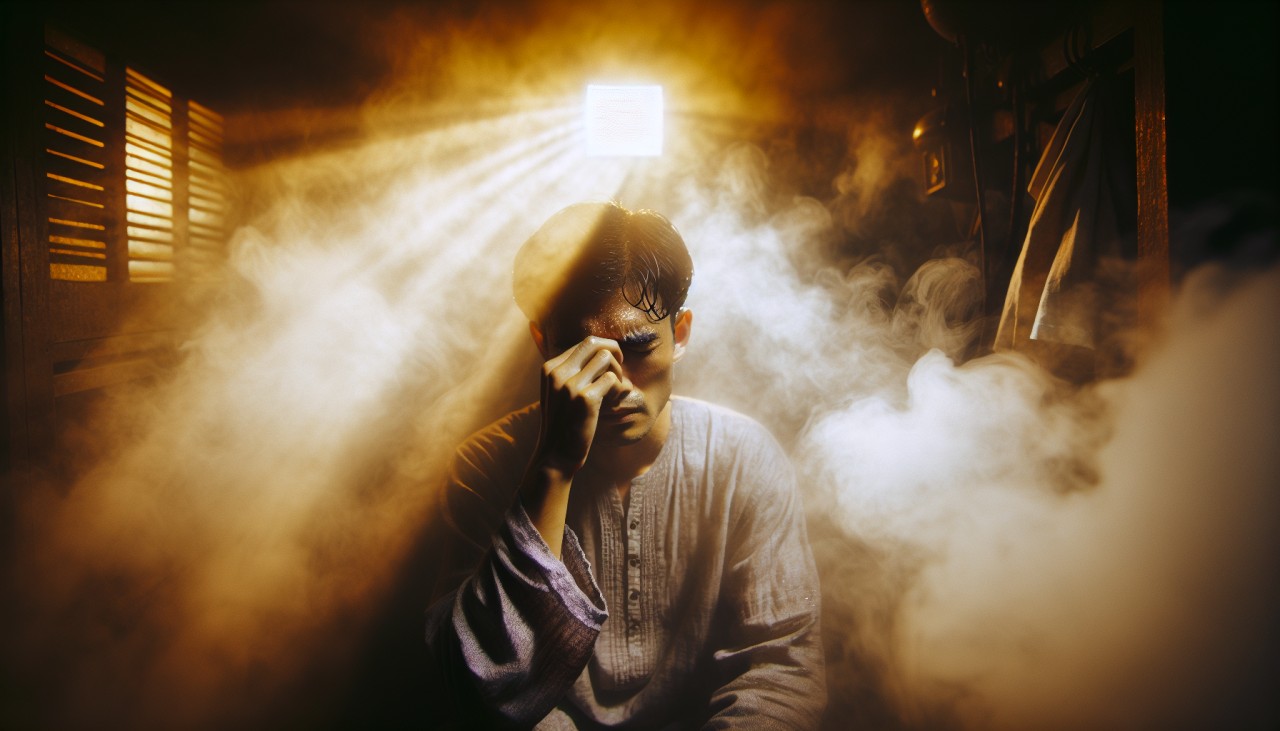


In recent years, China has experienced unprecedented heatwaves, with temperatures soaring above 40°C (104°F) for extended periods. These extreme conditions have led to a significant increase in heat-related illnesses and fatalities. For instance, in 2022, the country faced its most severe heatwave on record, resulting in an estimated 50,900 deaths. en.wikipedia.org The combination of high temperatures and humidity exacerbates the situation, making it harder for the body to cool down through sweating. This heightened heat stress can lead to heat exhaustion, heatstroke, and other serious health issues.
Dampness, often accompanying heat, presents its own set of health challenges. Mold thrives in damp environments, releasing spores that can trigger respiratory problems, allergies, and asthma attacks. Prolonged exposure to mold can lead to chronic respiratory issues and other health complications. en.wikipedia.org Additionally, damp conditions can promote the growth of bacteria and other pathogens, further compromising indoor air quality and health. It's essential to address both heat and dampness to maintain a healthy living environment.
To mitigate the effects of heat and dampness in your daily life, consider the following practical steps: - **Stay Hydrated:** Drink plenty of water throughout the day to help regulate body temperature. - **Use Dehumidifiers:** In damp areas, use dehumidifiers to reduce moisture levels and prevent mold growth. - **Ventilate Properly:** Ensure your living spaces are well-ventilated to allow heat and humidity to escape. - **Monitor Indoor Climate:** Use indoor climate monitoring devices to keep track of temperature and humidity levels. - **Seek Shade and Rest:** During peak heat hours, stay in shaded areas and take regular breaks to prevent heat-related illnesses. By incorporating these habits and utilizing available tools, you can create a more comfortable and healthier living environment.